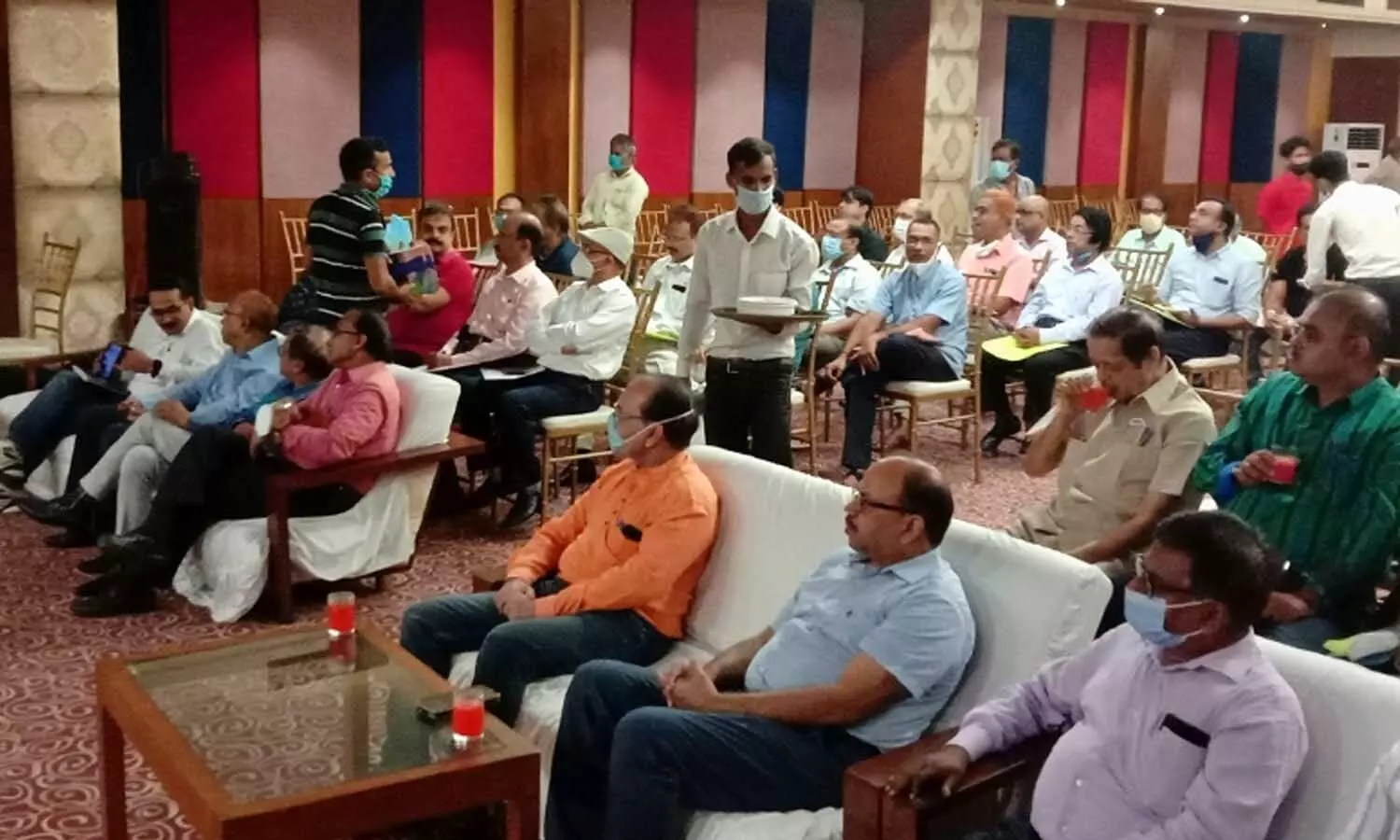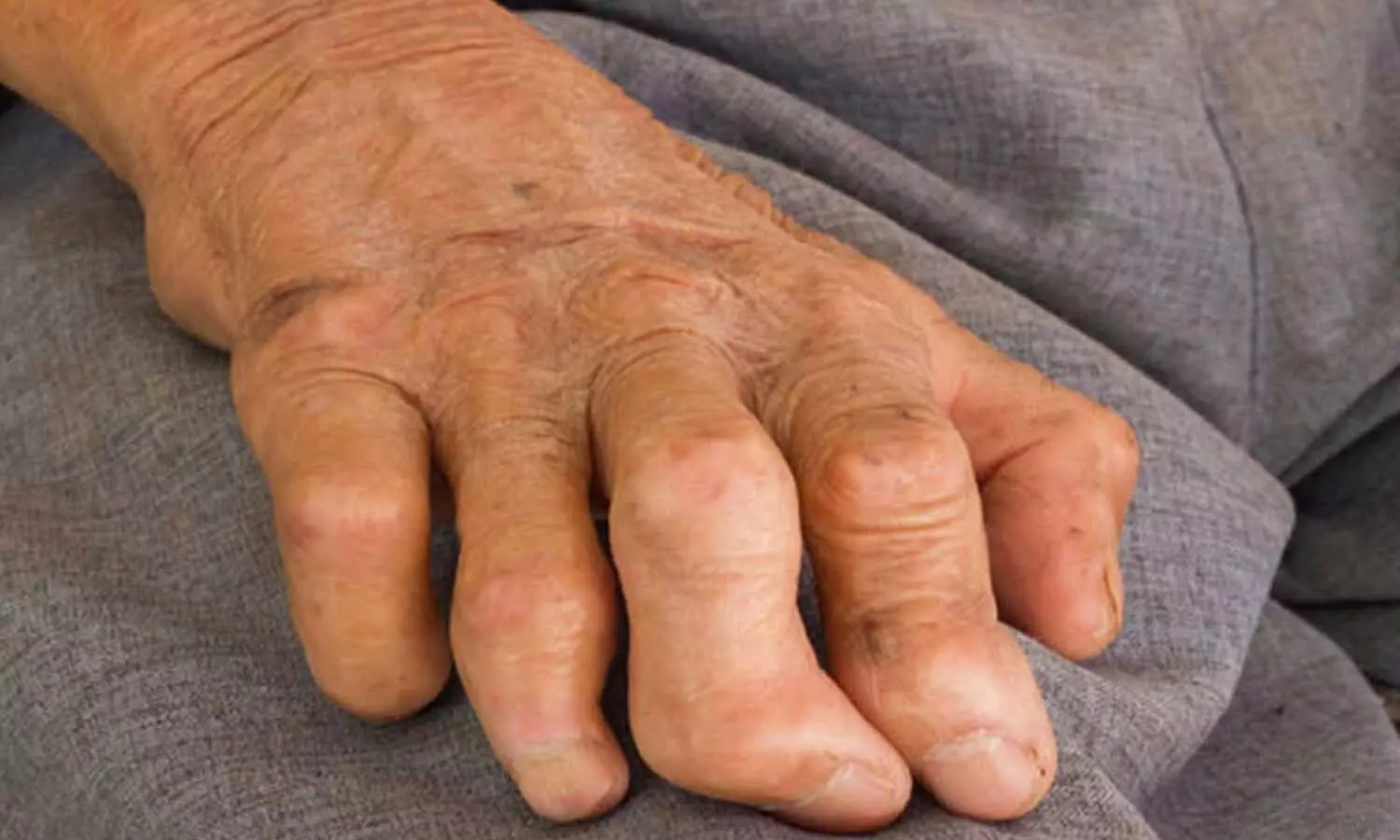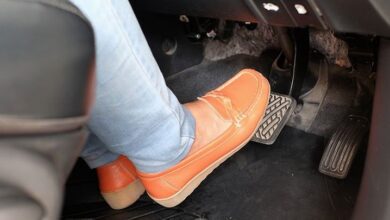Gorakhpur News: Now private doctors will find disabled leprosy patients, UP government will give 2500 pension. 1 News Track English

[ad_1]
Gorakhpur News: The health department will also seek the cooperation of private sector doctors in the eradication of leprosy and Kala-azar disease. In this regard, with the technical support of the World Health Organization (WHO), the Department of Health (Medical Health & Family Welfare Department, UP) has engaged more than 75 private doctors for this work. While the state government is giving a pension of Rs 2500 per month to leprosy patients, the government is also providing financial help to the patients of Kala-azar.
Chief Medical Officer Dr. Sudhakar Pandey with the Gorakhpur Chapter of the Indian Medical Association (IMA) discussed the active participation of the private sector in Friday night’s elimination program. WHO’s Zonal Coordinator Dr. Sagar Ghodekar, District Leprosy Officer Dr. Ganesh Prasad Yadav, Additional Chief Medical Officer Dr. AK Chaudhary and District Malaria Officer Angad Singh discussed the eradication of Kala-azar and leprosy with private practitioners. did.
An appeal was made to the doctors to refer patients from economically weaker sections with symptoms of Kala-azar and leprosy to the government sector so that they can get free medical treatment as well as the benefits of government schemes. WHO SMO Dr Sandeep Patil sensitized the medical community about AFP, MR surveillance and VPD reporting.
(Photo Credits – Social Media)
Help of up to Rs 4000 to the patients of Kala-azar
Chief Medical Officer Dr. Sudhakar Pandey informed that the government is providing free treatment and rehabilitation facility to the disabled leprosy patients along with giving monthly pension of Rs. At present there are 172 active leprosy patients in the district. A leprosy patient has to spend up to Rs 2500-3000 for treatment in the private sector, while in the government sector this facility is free.
Similarly, the patient of Kala-azar has to spend from 1.5 to two lakhs for getting treatment in the private sector, whereas it is treated free of cost in the district hospital. There is a provision to give Rs 500 to a normal patient of Kala-azar and Rs. 4000 to a skinned Kala-azar (PKDL) patient in his account for treatment in a government hospital. There is also a plan of the government to provide pucca houses to those who have kutcha houses.

Doctors attended the meeting (Photo Credits – Social Media)
Will help in reaching the scheme to the weaker sections- Dr. Mangesh
Dr. Pandey said that the contribution of private doctors is important for the benefit of the schemes to reach the people of the economically weaker sections. IMA President Dr. Mangalesh Kumar Srivastava and Secretary VN Aggarwal assured the Health Department that full cooperation would be extended from their side in transporting such patients to government hospitals and getting government assistance. District Immunization Officer Dr Neeraj Kumar Pandey, Deputy District Leprosy Officer Dr Anil Kumar Singh, Epidemiologist Dr SK Dwivedi, Consultant Doctor Bhola Gupta from Leprosy Department and Dr Asif and many senior officials of IMA were prominently present on this occasion.

Leprosy (Photo Credits – Social Media)
If the stain remains numb, show the doctor
Any such spot in the body which remains numb can be leprosy. This disease is caused by micro bacteria called Lapari which infect very slowly. If it is recognized in time, it can be treated. It does not spread through healthy contact. Its infection occurs from one person to another only when he is in close contact with the patient for 16-18 hours a day for several months.
Be careful if you feel less hunger and if there is a black rash on the body
The sand fly, the carrier of the vector-borne disease Kala-azar, transmits the parasite of Kala-azar disease, Leishmania donovani, from person to person. In Kala-azar endemic districts, if a person has fever for more than two weeks and he is not cured by malaria or other treatment, then he can get kala-azar. The patient becomes ill after being bitten by the sand fly, the carrier of Kala-azar. He has fever and the fever goes up and down intermittently. In this disease, the patient’s stomach becomes bloated. Hunger is less. Black spots appear on the body.
Friends, stay tuned with Newstrack to know the news of the country and the world faster. Follow us on Facebook to follow us on @newstrack and on Twitter @newstrackmedia Click on
.
[ad_2]






